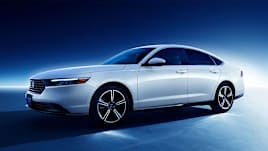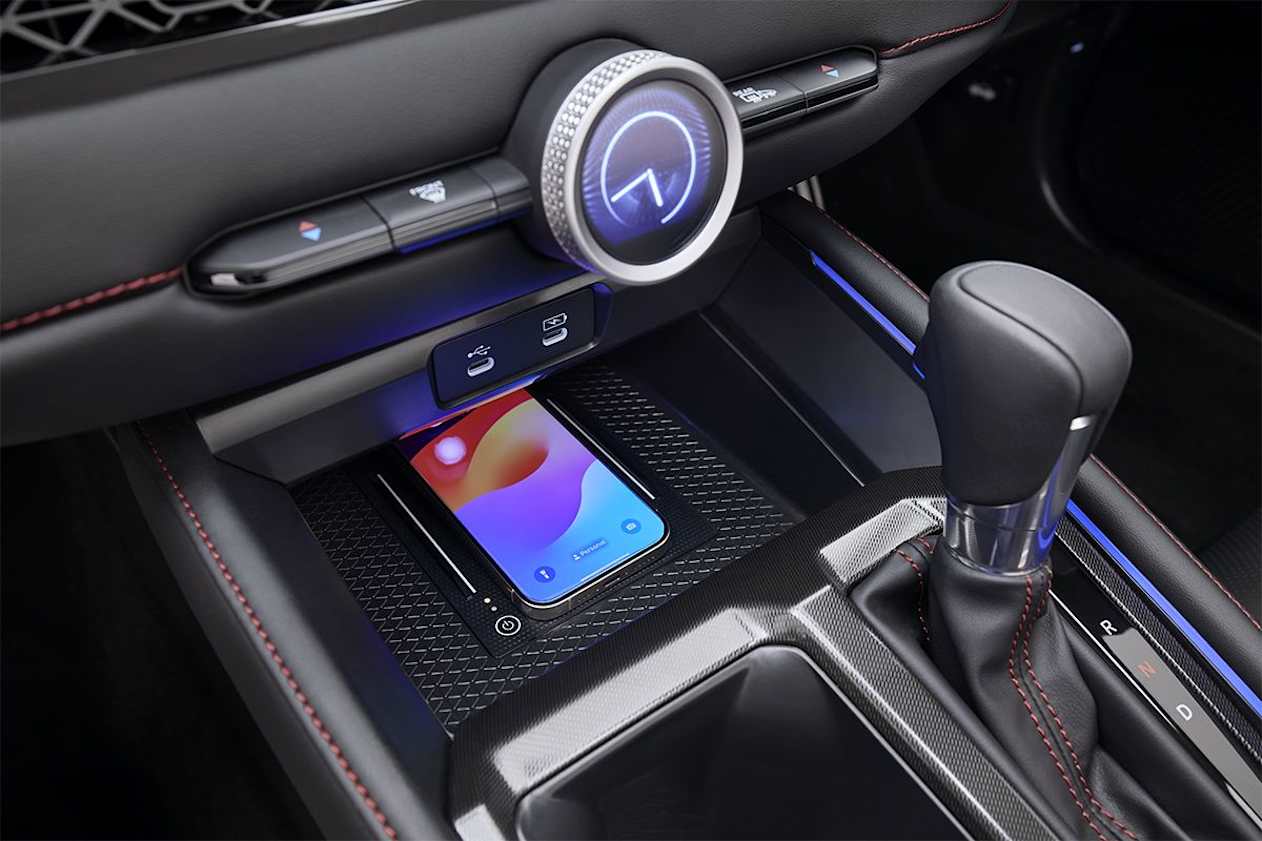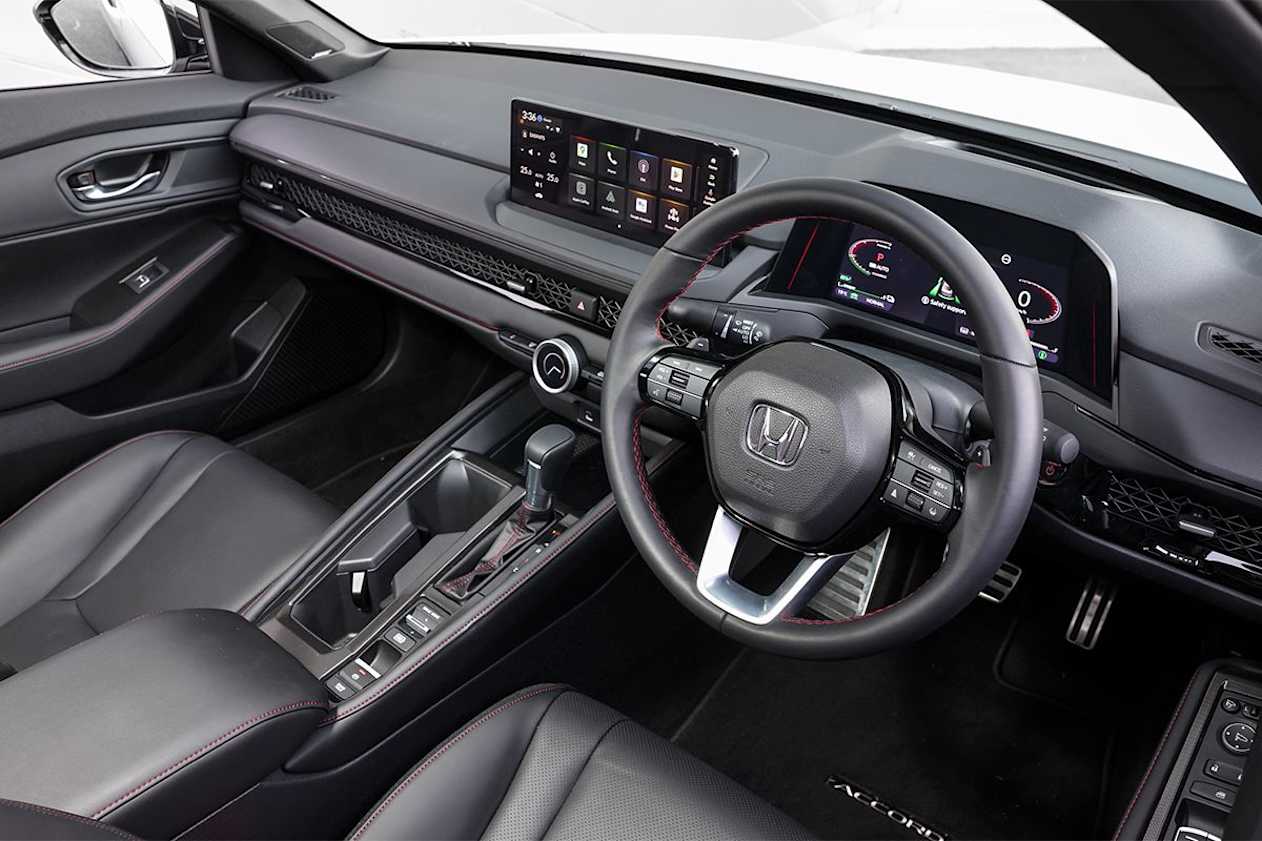The question of a Honda Accord timing belt or chain is not exactly a simple one to answer as there have been various permutations of the Accord theme sold in Australia over the years. In fact, even though they all bore Accord badges, the various Accord models have often been quite different from each other, including some very different models that sold alongside each other at the same time. So here’s how it pans out:
Very early Honda Accords sold here used toothed rubber timing belts, but those cars from 1977 through to the mid-90s are now pretty old, hard to find and don’t really make it to most people’s short-lists when shopping for a new second-hand car.
Fast forward to 1997, and we start to get into cars that might still have some broad appeal as second-hand buys. Of those, the 1997 to 2003 Accord used two engines, a 2.3-litre four-cylinder and a 3.0-litre V6. Both those engines used a toothed, rubber timing belt which needs to be changed at 100,000km intervals.
For 2003 to 2007 Accords, the engine choices remained a four-cylinder and a V6, but now the former was from Honda’s K Series of engines and featured a timing chain rather than a rubber belt. The V6 remained the same as the previous model. For 2008 to 2013 Accords, the news was similar with the four-cylinder carried over (with its timing chain) and the V6 enlarged to 3.5 litres but still from the same family of engines (and still with its rubber timing belt). In fact, that was to remain a theme for the whole of Accord production with the smaller engine using a timing chain and the V6 getting a rubber belt. Even the very last Accord, the current-model, uses a turbocharged four-cylinder engine with a timing chain, while the hybrid Accord uses an unconventional petrol engine, also with a timing chain.
If, however, we’re talking about the Accord Euro which was sold here right alongside the Accord between 2003 and 2015, the question is a bit simpler as only one engine was offered in that car; a 2.4-litre four-cylinder which used a timing chain (it was also from Honda’s K Series family).
Beyond that, the task of the timing chain or timing belt is exactly the same: They take drive from the engine’s crankshaft to the camshaft and, in the process, keep all the moving parts in harmony. Many car makers moved away from a timing chain to the rubber, toothed drive belt as a way of simplifying engine design and driving down the cost of each engine. The rubber timing belt is also quieter in its operation and is also less prone to stretching (as a timing chain can) so the camshaft (commonly referred to as the cam) stays in perfect synch with the rest of the engine’s rotating parts. The timing belt is a simpler design because it doesn’t need to be tensioned via oil pressure from the engine as many timing chain systems are.
The timing chain, meanwhile, is preferred by some manufacturers because it should last the lifetime of the engine and never need replacement. This isn’t always the case, however, and some engines designs from a variety of manufacturers suffer problems in this regard. But, in a properly maintained engine of sound design, the timing chain should never need attention, while the rubber timing belt generally requires periodic replacement.

.jpg)

.jpg)

.jpg)




































